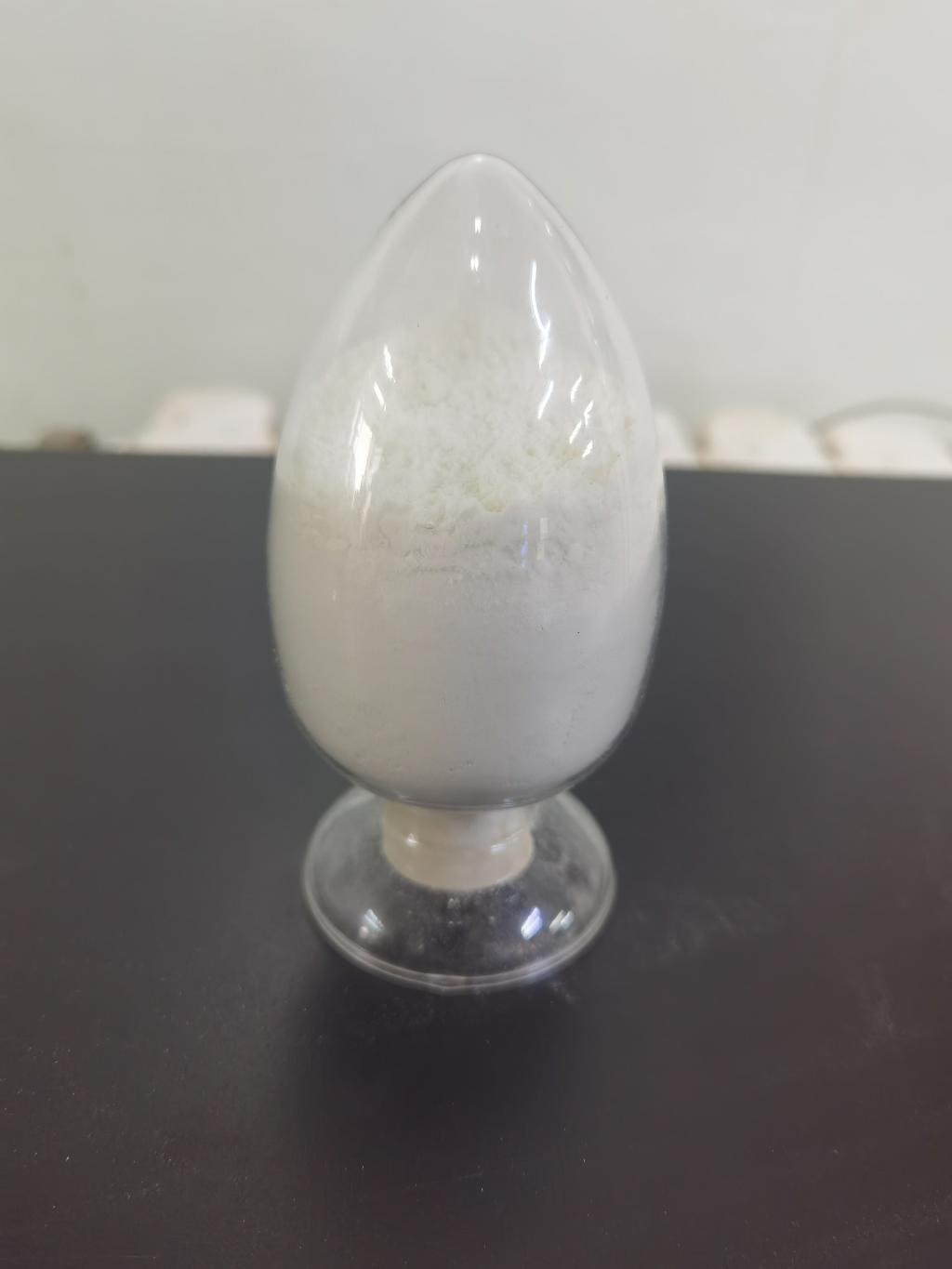Tel:+8618231198596

News
 CONTACT
CONTACT
 CONTACT
CONTACT
- Linkman:Linda Yao
- Tel: +8618231198596
- Email:linda.yao@dcpharma.cn
- Linkman:CHARLES.WANG
- Department:Overseas
- Tel: 0086 0311-85537378 0086 0311-85539701
News
The positively charged nature of ε-Polylysine hydrochloride.
TIME:2023-11-21
1. Introduction to ε-Polylysine Hydrochloride:
Before exploring its electrifying properties, a foundational understanding of ε-Polylysine hydrochloride is essential. This naturally occurring antimicrobial peptide is derived from the fermentation process of Streptomyces albulus. Recognized for its versatility and efficacy, ε-Polylysine hydrochloride has found applications in food preservation, cosmetics, agriculture, and beyond.
2. Positively Charged Arsenal: The Basis of ε-Polylysine Hydrochloride's Power:
a. Polylysine Structure:
ε-Polylysine hydrochloride derives its name from its polymeric structure, composed of multiple lysine residues. The lysine side chains confer a positive charge to the peptide, creating an electrostatically charged arsenal that becomes a potent force against microbial cells.
b. Charge-Dependent Interactions:
The positively charged nature of ε-Polylysine hydrochloride is central to its mechanism of action. Microbial cell membranes, primarily composed of negatively charged phospholipids, become targets for interaction. The charge-dependent interactions between ε-Polylysine hydrochloride and microbial membranes set the stage for the disruption that follows.
3. Mechanism of Action: Disrupting Microbial Cell Membranes:
a. Electrostatic Attraction:
ε-Polylysine hydrochloride operates on the principle of electrostatic attraction. The positively charged peptide is irresistibly drawn to the negatively charged microbial cell membranes, initiating the first step of the disruption process.
b. Membrane Penetration:
Once in proximity to the microbial cell, ε-Polylysine hydrochloride leverages its positive charge to penetrate the cell membrane. The electrostatic interaction facilitates the insertion of the peptide into the lipid bilayer, positioning it strategically within the membrane structure.
c. Disruption of Lipid Bilayer:
The insertion of ε-Polylysine hydrochloride disrupts the integrity of the microbial cell membrane's lipid bilayer. This disturbance leads to compromised membrane structure, increased permeability, and leakage of cellular contents.
d. Cellular Consequences:
The disruption of microbial cell membranes by ε-Polylysine hydrochloride has profound consequences for the affected microorganisms. Cellular contents leak out, leading to loss of vital intracellular components. The compromised membrane integrity ultimately results in cell death.
4. Broad-Spectrum Antimicrobial Action:
The mechanism of disrupting microbial cell membranes through electrostatic interactions renders ε-Polylysine hydrochloride effective against a broad spectrum of microorganisms. This includes bacteria, fungi, and certain enveloped viruses. The versatility of its antimicrobial action contributes to its applicability across diverse industries.
5. Applications in Food Preservation:
a. Extension of Shelf Life:
In the food industry, where microbial spoilage is a constant challenge, ε-Polylysine hydrochloride finds application in extending the shelf life of various products. Its ability to disrupt the cell membranes of spoilage microorganisms contributes to the prevention of deterioration, ensuring the freshness and safety of food products.
b. Natural Preservative:
ε-Polylysine hydrochloride's positively charged assault on microbial cells aligns with the demand for natural and clean-label preservatives in the food industry. As a naturally occurring peptide, it provides an effective alternative to synthetic preservatives, meeting consumer preferences for clean and minimally processed foods.
6. Cosmetic and Personal Care Applications:
a. Preservation in Formulations:
The positively charged nature of ε-Polylysine hydrochloride is harnessed in cosmetic and personal care formulations for its preserving properties. Its antimicrobial action contributes to preventing the growth of harmful microorganisms in products such as creams, lotions, and shampoos.
b. Stabilizing Effects:
ε-Polylysine hydrochloride's ability to disrupt microbial cell membranes extends to stabilizing emulsions in cosmetic formulations. By maintaining the integrity of product formulations, it enhances the stability and shelf life of cosmetic products.
7. Agricultural and Environmental Applications:
a. Biopesticide Potential:
In agriculture, where the control of microbial pests is crucial, ε-Polylysine hydrochloride emerges as a potential biopesticide. Its charge-dependent mechanism of action can be exploited to combat harmful microbes, offering an eco-friendly alternative to traditional chemical pesticides.
b. Soil Health Enhancement:
The impact of ε-Polylysine hydrochloride on microbial cell membranes extends to soil health enhancement. Its biodegradability and antimicrobial properties make it a candidate for sustainable agricultural practices, promoting a balanced and healthy soil microbiome.
8. Safety Considerations:
As with any antimicrobial agent, safety considerations are paramount. Research on ε-Polylysine hydrochloride consistently supports its safety profile. The specificity of its mechanism of action against microbial cells minimizes the risk of adverse effects on eukaryotic cells, contributing to its overall safety in various applications.
9. Future Frontiers and Innovations:
The electrifying power of ε-Polylysine hydrochloride opens the door to future frontiers and innovations. Researchers are exploring ways to optimize its efficacy, enhance its stability in formulations, and expand its applications across diverse industries. As antimicrobial resistance becomes a growing concern, the unique mechanism of action of ε-Polylysine hydrochloride positions it as a valuable asset in the ongoing battle against resistant microorganisms.
10. Conclusion:
In the world of antimicrobial peptides, the positively charged nature of ε-Polylysine hydrochloride sets it apart as a formidable disruptor of microbial cell membranes. From food preservation to cosmetics and agriculture, its electrifying power contributes to preventing microbial growth and ensuring the safety and longevity of diverse products. As industries continue to embrace the need for effective yet sustainable antimicrobial solutions, ε-Polylysine hydrochloride emerges as a key player, electrifying the landscape of modern antimicrobial technology.
- Tel:+8618231198596
- Whatsapp:18231198596
- Chat With Skype







